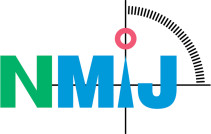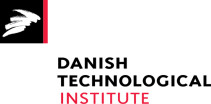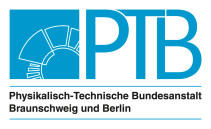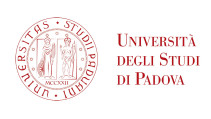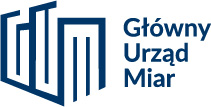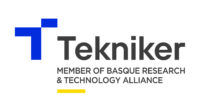Our partners
"Standards for the evaluation of the uncertainty of coordinate measurements in industry" Manufacturing contributed €2.14 trillion to the GDP of EU countries in 2016. To continue its leadership in advanced manufacturing, the EU must ensure products are well characterised and accurately inspected for tolerance and quality. This is particularly the case for critical parts where functional failure could have catastrophic results, such as an aircraft failing due to a faulty turbine blade.
−The invited talk “Approaches to uncertainty evaluation in coordinate metrology” will be hosted by the “XIV International Scientific Conference Coordinate Measuring Technique” between 2020/03/30 and 2020/04/1 in Bielsko-Biala, Poland. Find more info in:
One important objective of EUCoM project is that generated results are adequately disseminated. This will ensure further use of the scientific and technical results obtained after the lifetime of the project. Among other dissemination activities, the communication of project results and standardization requirements to standardization bodies are actively being carried out. In this sense, standardization bodies are being succesfully involved in several meetings, most notably the ISO/TC213/WG10 group which is working on an ISO/WD 15530‑2 project, which is exactly in line with the WP1 from EUCoM. Main meetings held have been:
ISO/TC 213/WG 10 group meeting, Poznán (Poland), 2018-09-21
ISO/TC 213/WG 10 group meeting, Geneva, Switzerland, 2019-01-30
CIRP STC “P” group meeting, Paris (France), 21/02/2019
ISO/TC 213/WG 10 group meeting, Berlin (Germany), 2019-09-12
ISO/TC 213/WG 10 group meeting, Querétaro (Mexico), 2020-01-28
The 5th and 6th November 2019, the Month 18 meeting from EUCoM project was held in Braunschweig (Germany), where the colleagues from PTB (German Metrology Institute), warmly welcomed the rest of the EUCoM partners in their facilities. During the two day meeting the advances in the different activities were presented by all the participants and several decisions about the upcoming tasks were taken. The progress of the project is considered correct and the tasks are being developed as expected; notably the two new procedures for the determination of measurement uncertainty have been developed. The next step will be to start ’round robin’ measurements of the selected artefacts.
